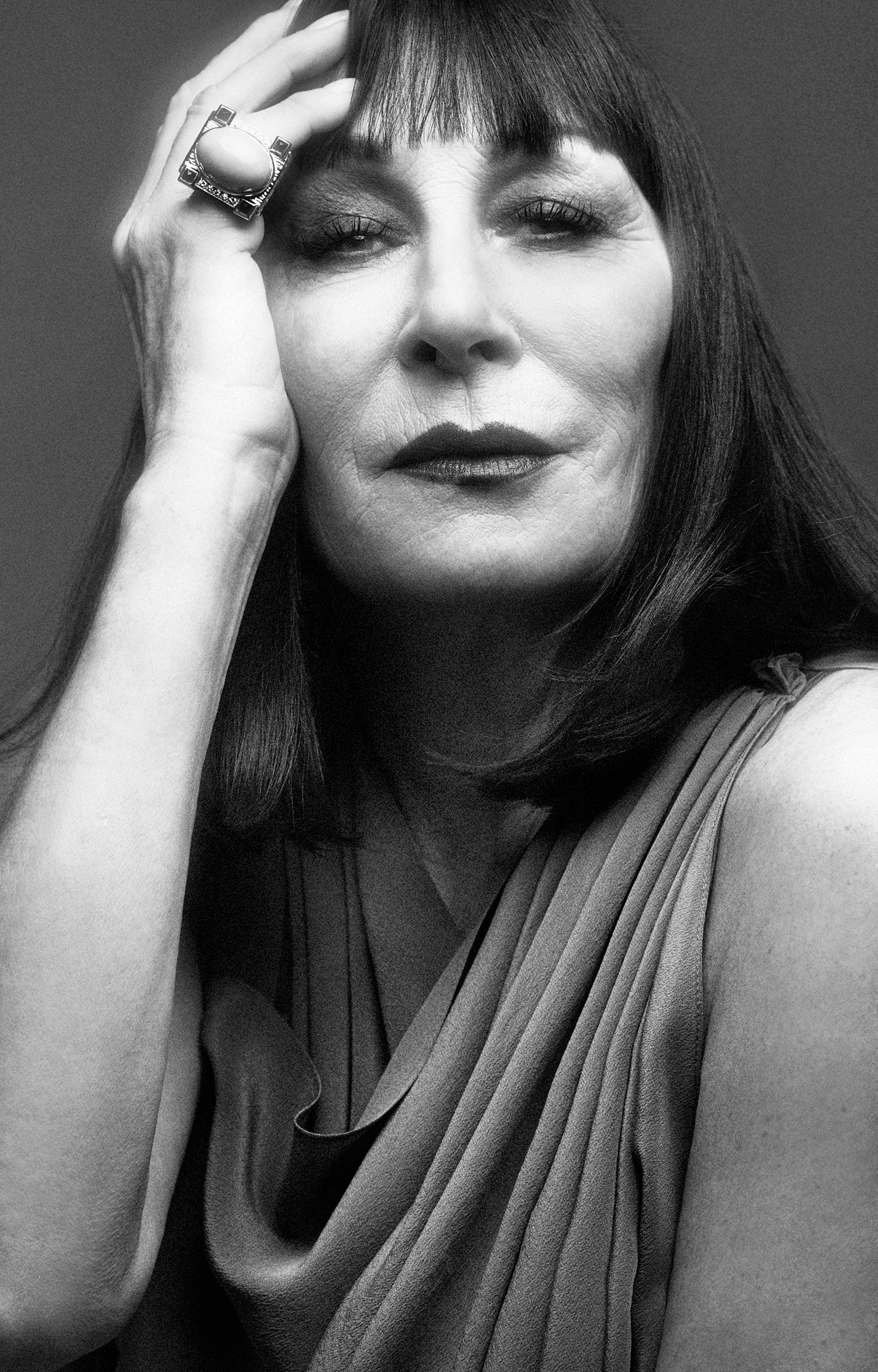Purple Magazine
— S/S 2016 issue 25
Anjelica Huston
all women are witches
interview by OLIVIER ZAHM
portrait by CEDRIC BUCHET
All personal pictures courtesy of Anjelica Huston
The legendary actress Anjelica Huston is best known for three things: her tumultuous love life, her iconic style, and, obviously, her acting, which in recent times has led her to the grande dame role of the witch. In her new house in Pacific Palisades, we talked about how love, style, and the dark side of femininity have interacted with her frank vision of life.
OLIVIER ZAHM — Let’s speak about style, Anjelica. My first impression is that when we say “Anjelica” in Europe, we of course think about the actress, the chaotic love story with Jack Nicholson, but in the art and fashion worlds, you’re a style icon. And there aren’t so many style icons in America. For example, in the music world, you have Patti Smith. In politics,…
